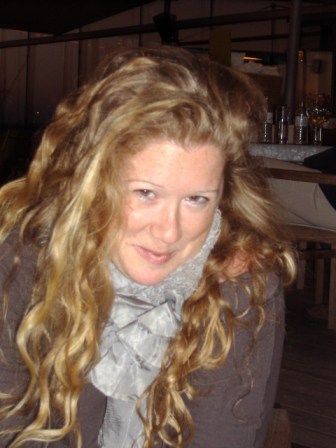The current state of arts funding is rather like the diamond market before de Beers lost their monopoly on supply. If Arts Council England is the equivalent of de Beers then HE institutions are the diamond mine owners. There are key lessons and key differences of course.
Key Lessons:- we cannot continue to control supply in a rapidly growing market [especially when the supply grows yet faster than the market]
- primary producers benefit from a highly fluid yet immobile workforce as this maintains stability whilst minimising the labour costs.
- there is a huge power imbalance between the HE institutions and the labour force. In the creative and cultural sector this means that HE institutions obtain benefit from cheap, regularly renewed, highly competitive labour markets. The associate lecturers receive very little benefit from the current structure of these labour markets ... this keeps this labour force below the poverty line in many cases
- this position is compounded by the cap on daily rates imposed in the grant system by ACE because they have been historically unwilling to engage with the economic and policy challenges that come with the reviewing their position
- the workforce are immobile because they don't have sufficient transferable skills or resources to move into sectors which deliver higher incomes
Key differences: - the diamond market seeks to push up prices rather than reduce cost as the mechanism of increasing/maintaining profitability i.e. it works with demand economics not supply economics
- the diamond mine workers are less mobile than those in the creative industries. a
As the creative workforce realises that there are options beyond teaching and grant funding they will diversify their income portfolio. to do this they require either a) entrepreneurship skills and/or b) to acquire skills needed to get a job in a creative sector or any other. The process of development of skills to increase employability does not operate very well in the creative industries
- the elasticity of demand is well mapped out in the diamond market but is not in the Creative Industries ... I suggest that the elasticity is greater than the subsidy system thinks it is.


